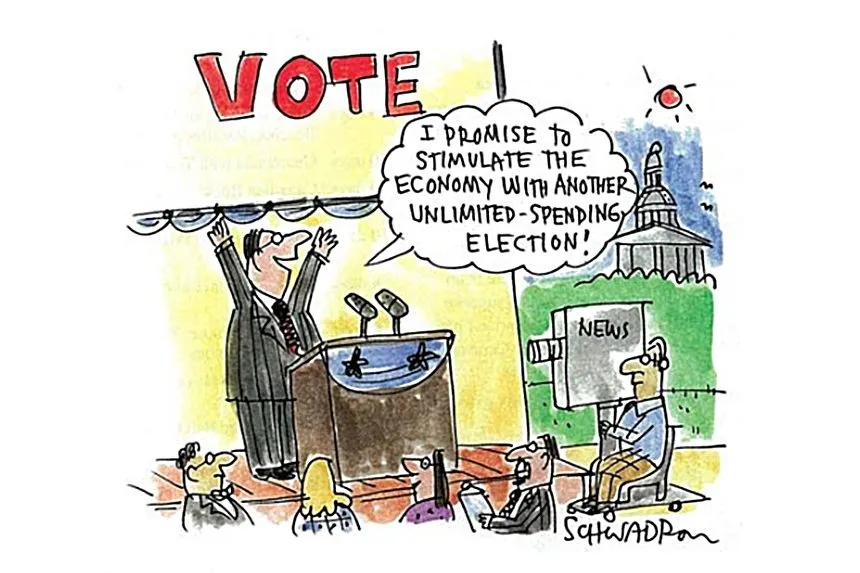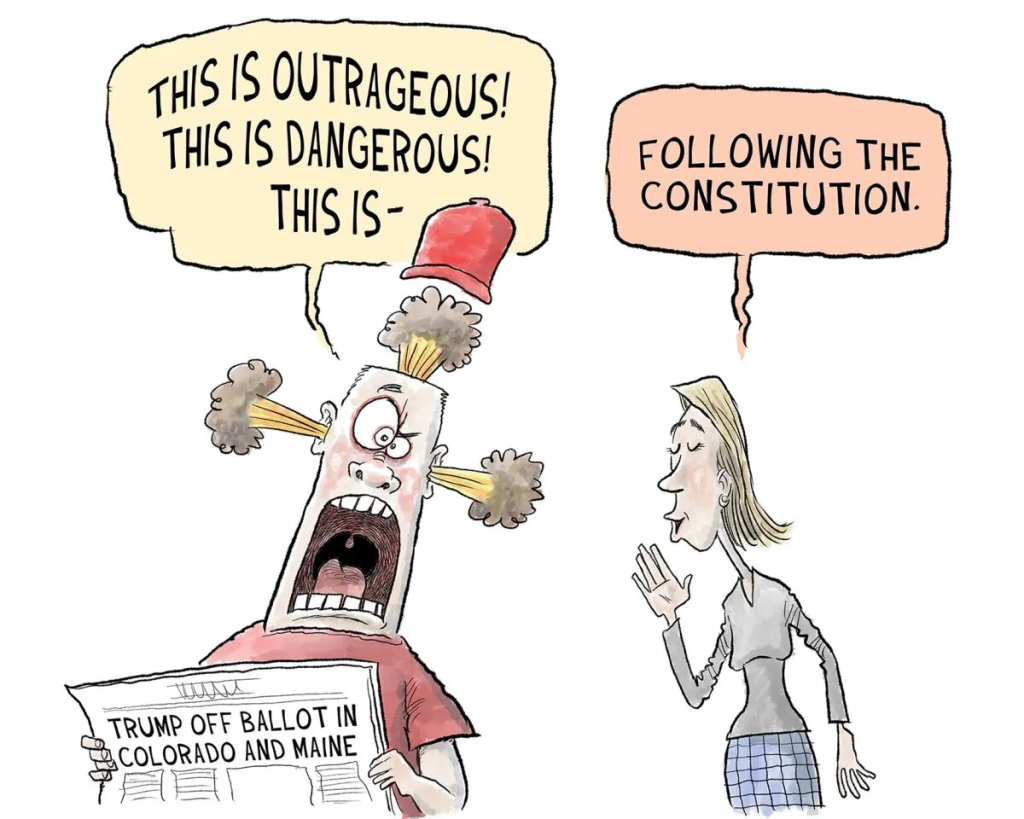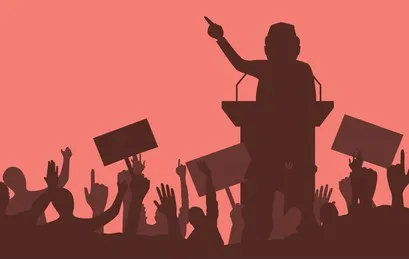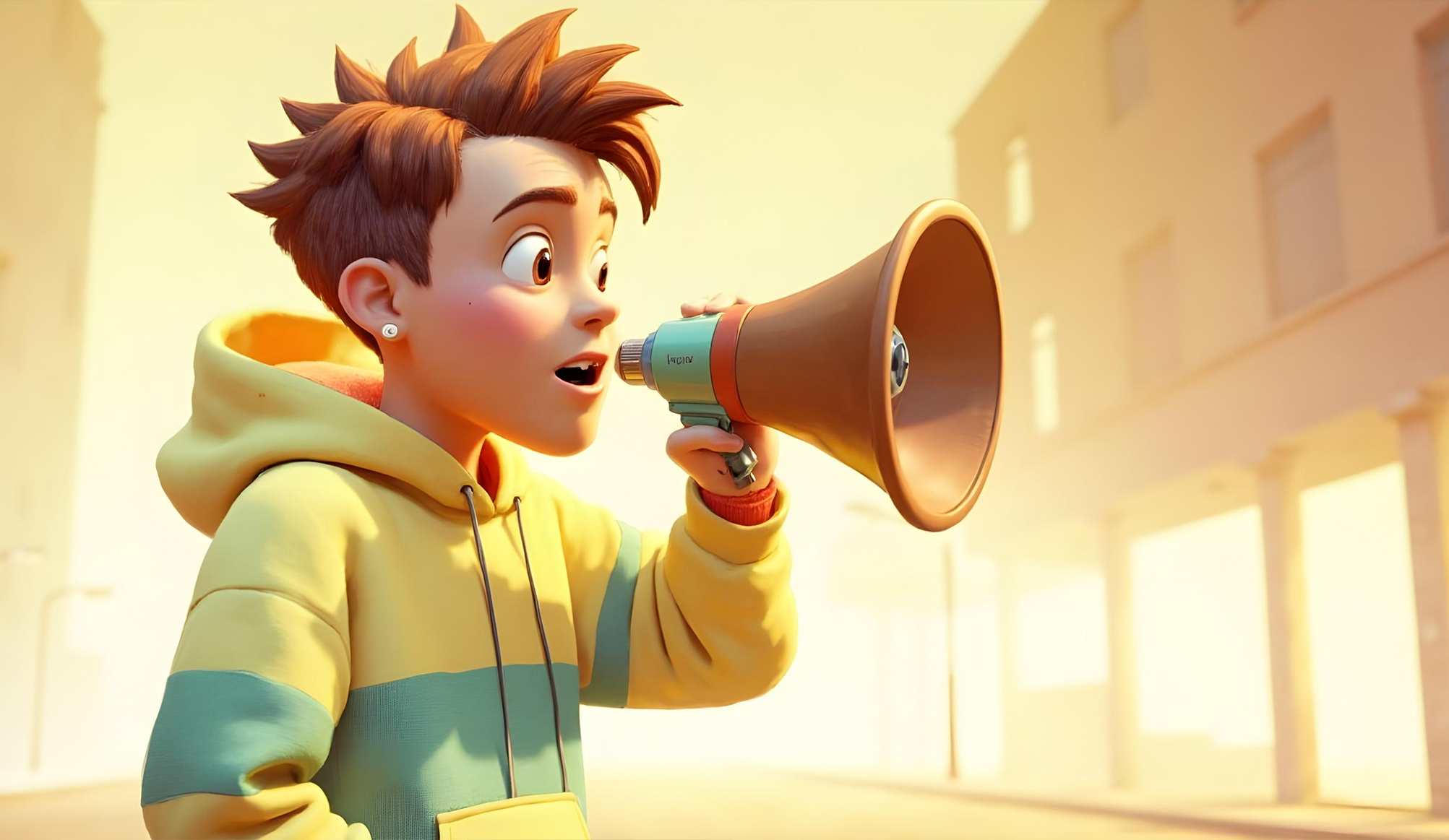In the age of screens, whether it is TikTok or Netflix, animation is not about entertainment anymore; it is a cultural phenomenon. Political campaigns, social discourse, and even our philosophical knowledge of the world are increasingly being influenced by animated videos, cartoons, and motion graphics. Whether it be Greenpeace crammed downing street with plastic rubbish with animations, or Pixar issuing its own warnings about consumerism in Wall-E, Animation has become one of the most effective methods of telling stories, advocating them, and bringing change.
Why Animation Works So Well in Political Campaigns

Political animation is not eye candy; whether it is explainers or animated political commercials, it is one of the most potent communication media of our era. With average attention lasting only 8 seconds (that is shorter than the lifespan of a goldfish) in a digital world, animation can slice through the clutter where a traditional video may not be able to achieve. It breaks down the complicated, crosses cultural boundaries, and connects with the audience in an emotional way that keeps them hooked.
To the contemporary audience, and particularly Gen Z and Millennials, the static content is not enough. There is a short attention span, and truth is in the telling. Animation bridges the gap:
- For campaigns: It makes abstract policies visual and engaging.
- For social change: It highlights urgent issues in an emotionally resonant way.
- For brands: It builds memorable characters that resonate in crowded digital spaces.
1. Turning Complexity Into Clarity
The top advantage of animation is that it can simplify complex concepts into easy-to-remember images. The best example, as well as one of the most used examples of political ads, is the 2010 stop-motion broadcast released by the Green Party, in which colored blocks shifted either to the left or the right in order to represent changing political positions. The abstract ideas were made visual, digestible, and even entertaining to the voters instead of a dry policy speech.
This is reflected in the U.S. in the form of animated explainers of startups, financial apps, or even healthcare services. The same applies to campaign teams wondering how to animate political ads. Complex policies such as healthcare reform or climate statistics can be scaled down to animated infographics, which people would actually enjoy watching.
2. Universal Reach Across Cultures and Languages
Animation does not require subtitles to understand. It is a quick resonance with characters, symbols, and visual metaphors, no matter where you live. That is why such campaigns as the 3D video of Greenpeace on the UK plastic exports became viral worldwide; it did not use long speeches. Rather, it employed excessive animated imagery (such as Downing Street submerged in plastic waste) to get a message across on the global issue.
The same principle has aided the distribution of projects such as Wall-E by Pixar in the U.S. to millions of people. It did not take long, and without a lot of dialogue, it caused global discussions about consumerism, climate change, and our connection with technology.
3. Emotional Engagement That Sticks
Animation is emotionally related, whereas live action can hardly be. It may be amusing, sarcastic, satirical, or heartfelt- without losing audiences.
Animation can be the ideal tool in the USA market today, where Gen Z and Millennials desire authenticity and humor. It makes the viewers watch it even after they have scrolled past the conventional advertisements or talking-head videos.
4. Adaptability Across Platforms
Whether it is TikTok loops, YouTube explainers, or an immersive AR/VR experience, animation can be adapted to the format with ease. Instagram and LinkedIn are dominated by motion graphics, short animated GIFs, and interactive infographics, whereas long-form storytelling is more popular on streaming services.
This is a golden flexibility in the case of campaigns. Wondering how to animate political ads? One idea can be transformed into an Instagram Reel—15 seconds, a YouTube advertisement—90 seconds, a full-length video explanation on a site—none of these loses the effect.
A Political and Social Tool Since the Start

Political animation is not new to society-it is a strong instrument of persuasion, activism, and cultural influence that has been serving society for over 100 years. Whether it is campaigning, starting a movement, or creating a brand, animated storytelling is one of the most convincing tools in the digital era.
1918—Winsor McCay’s The Sinking of the Lusitania
Claiming to be one of the earliest animated films to be used as advocacy, The Sinking of the Lusitania by Winsor McCay horrified the viewers, showing the German assault of a passenger ship in World War I. When animation was not widely utilized in war events, McCay employed it to re-create the scene and to emphasize the disasters of war.
It demonstrated that animation could do more than amuse- it could affect emotion, politics, and popular opinion.
1940s—Disney’s World War II Propaganda Films
Walt Disney Studios collaborated with the U.S. government during World War II to create propaganda movies that brought together support for the war. Parodies of Nazi Germany, such as Der Führer faces with Donald Duck, and the rest taught citizens to purchase war bonds or save on resources.
These were the cartoons that boosted morale and transformed the animated characters into symbols of patriotism, and this is where animation proves to be persuasive even at the national level.
1952—Ike for President
Rewind to the 1950s, and we find animation taking a leading part in U.S. politics. Ike for President, a campaign ad by Dwight D. Eisenhower, was one of the first instances of political animation, using a catchy jingle that was relentless and very visual in nature in order to establish the brand of Eisenhower as being approachable and trustworthy.
The music and the motion made the ad memorable as it demonstrated that animated political commercials could be memorable and serve as a role model in future campaign advertising.
2010—The UK Green Party Stop-Motion Broadcast
Visualizing abstract political ideas with the help of animation has also been used. The 2010 general election in the United Kingdom saw the Green Party use the stop-motion animation of colored blocks either moving to the left or right as a symbol of the political ideologies.
The party made a broadcast that is now considered one of the most inventive political ad examples by making the already complicated policy discussion into a series of captivating visual metaphors. This example highlights the importance of animation in making the most abstract policy agendas digestible to a typical voter in the case of U.S. campaigns.
2018—Iceland’s Viral “Rang-tan” Christmas Ad
An example of one of the most well-known modern political ads examples of animated activism, is the Christmas advertisement of Iceland, Say Hello to Rang-tan. It seems to be initially a cute children’s fairy tale, with an orangutan and a small girl. However, in the middle of the story, the destruction of palm oil palm forests is revealed.
The advertisement was also prohibited on television in the UK because it was too political but it only helped the advert to go viral on the Internet, where it was shared by millions of people as a compelling message on environmental sustainability. To the American viewer, this brings into focus how animation, as well as controversy, can make awareness regarding social and environmental concerns overdrive.
Animation as Social Commentary

The animation of cartoons and political animation has turned out to be a potent means of dealing with burning social issues. It makes marginalized voices heard, breaks stereotypes, and paves the way to empathy.
- Breaking stereotypes: Animation is more inclusive and combats bias by depicting different characters and underserved groups.
- Promoting equality and justice: Whether it is NGO campaigns or Oscar-winning shorts such as Hair Love, animated content can help to make hard issues easier to relate to and start discussing.
- Environmental activism: Movies such as Wall-E and Spirited Away show how humans interact with nature, greed, and sustainability.
- Challenging norms through satire: Humor and controversy are used in series such as South Park to coerce discussion about a taboo or controversial topic.
Animation and Philosophy: A Shift in Thinking
In addition to campaigns and culture, animation has a role to play in the way we philosophically interpret the world. Such thinkers as Jeff Malpas and Bruno Latour imply that animation is no longer about illusion or control. Rather, it is a form of transformation, distributed agency, and heterogeneous action.
This attitude is the one that questions the ancient dualities of nature/culture, science/politics, reality/artifice, and instead proposes the world itself as a living being. What animation does in this sense is not merely to reflect society but to reframe it.
Final Takeaway
Animation informs, influences, and brings about change. Since it influences political campaigns to bust cultural stereotypes, since it demonstrates how to animate political ads and get people to vote, and since it pushes social justice movements to go viral, animation has continued to demonstrate that it is one of the most potent media of the modern era.
When you are not animating your campaigns, activism, or brand storytelling, then you are already lagging. Swift Animation comes in there. Our studio focuses on creating animated pieces that not only look beautiful but also draw your attention, ignite your emotions, and produce results. You may need a bold campaign ad, a social justice piece that is powerful, or branded storytelling that can be seen in a crowded feed we deliver.


